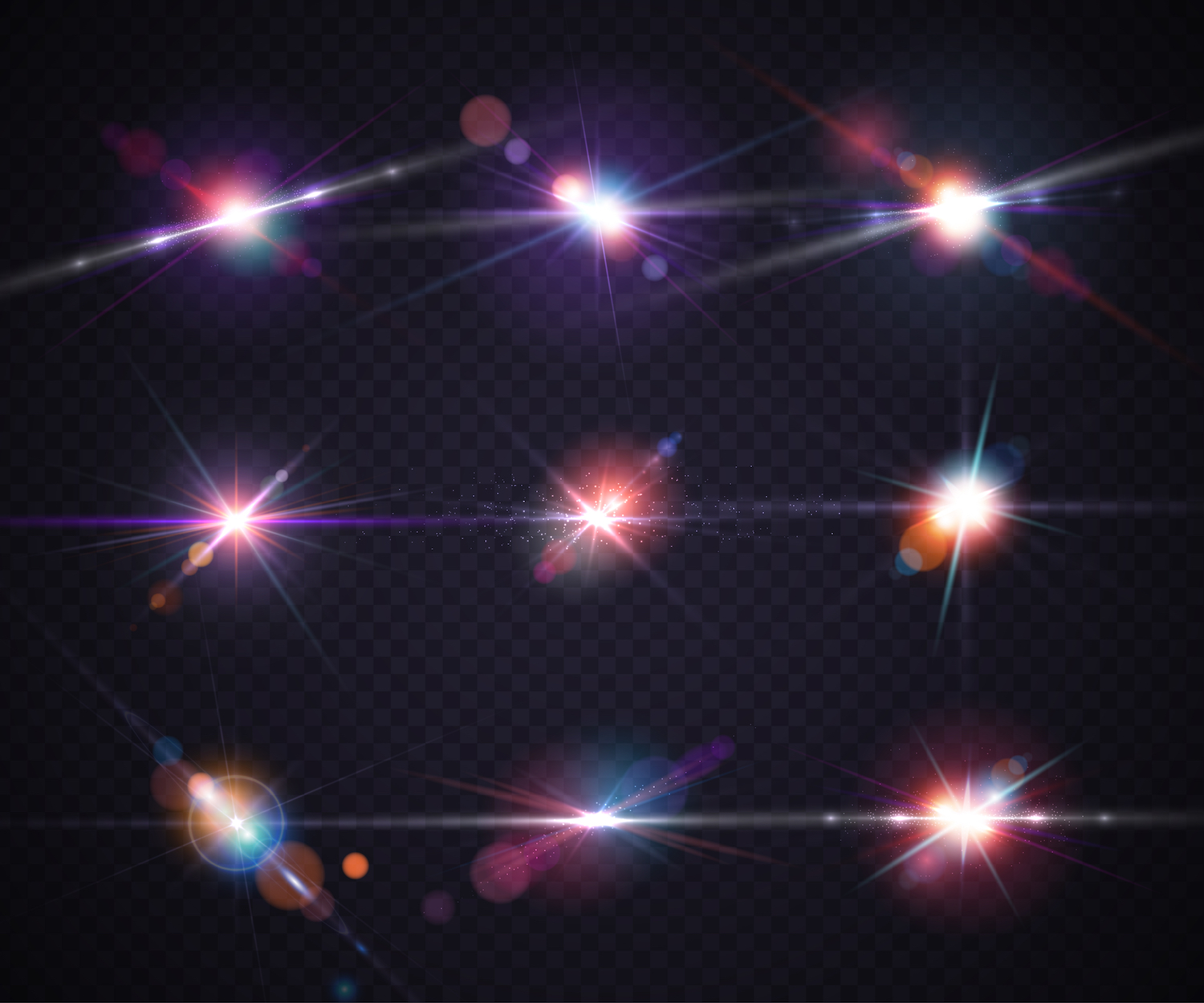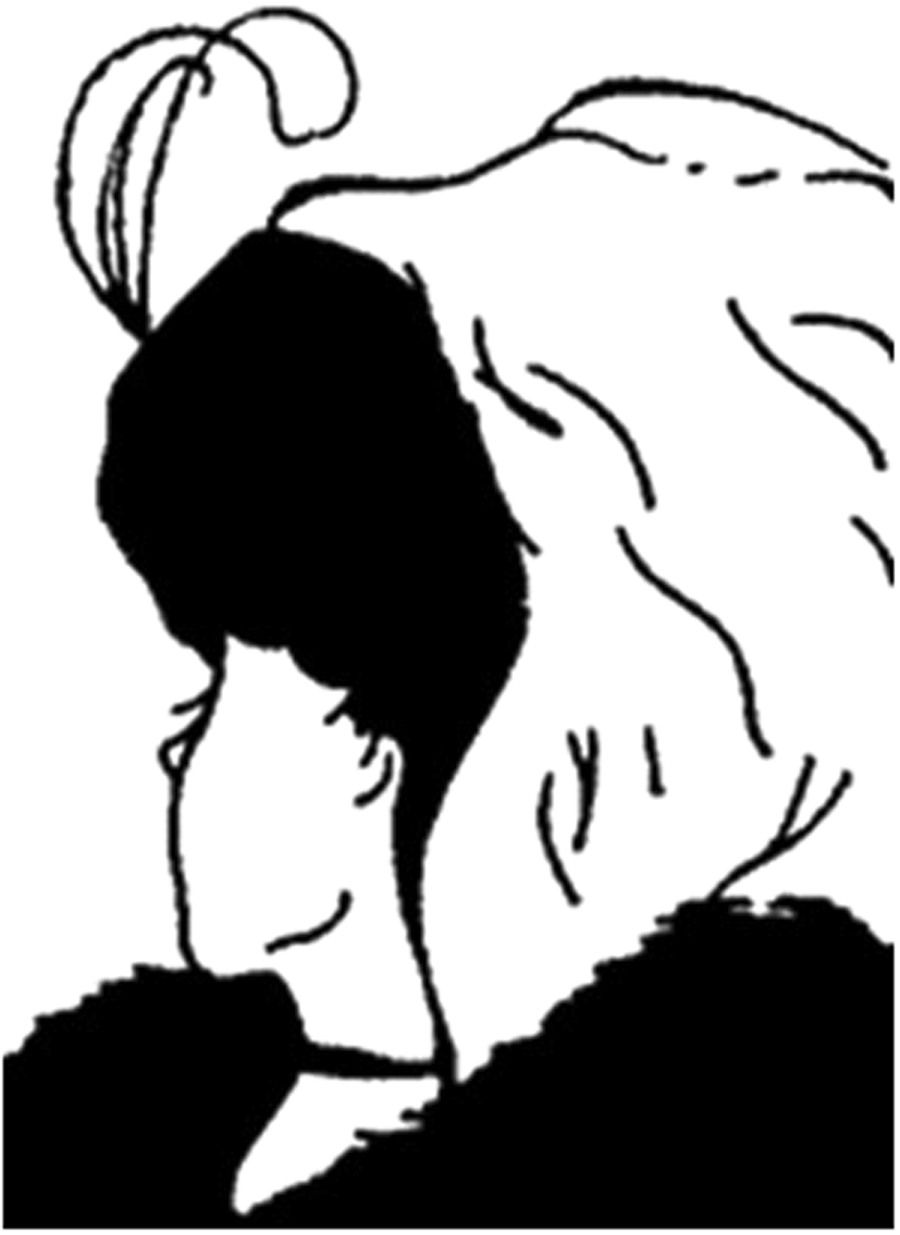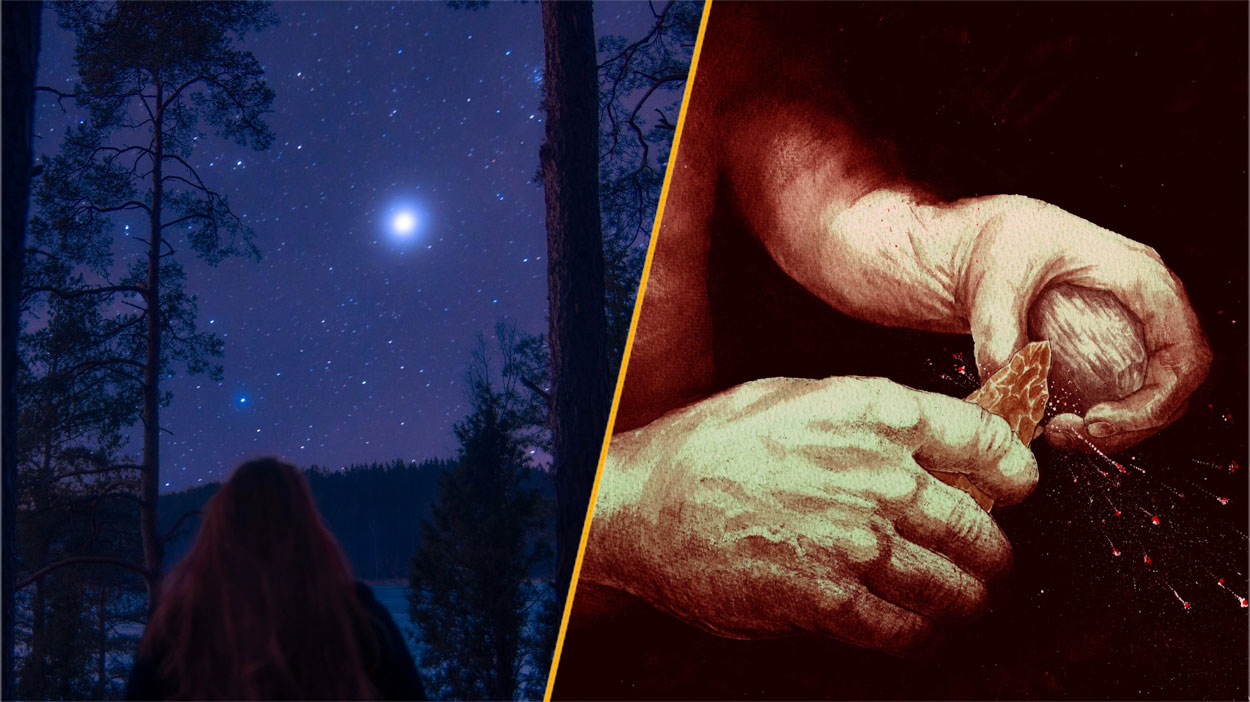7 Illusions That Blew Our Minds in 2018
It's extremely easy to trick our brains — and we are oddly delighted by it. But there's also a practical side to illusions, learning about where the brain gets confused can help us understand how it works to organize information in the first place.
Sometimes, a few splashes of color arranged in a very specific way can scream "mistake" to the brain. In response, brain cells will begin to fire to "correct" our vision … and the scene will disappear. Other times, an image that looks like a duck can look like a rabbit if you really try to see it. But the brain won't let you see both the rabbit and the duck at the exact same time, you have to tell it a story first. And it's not only vision that tricks us — the same recording of a word can sound like "Yanny" to some people and "Laurel" to others. What you see or hear, is not always what's happening.
Here are some of Live Science's favorite illusions from 2018.
Time travel
This illusion might not help you go back and un-spill your coffee all over a stranger, but it will bring you back in time — if only for a second. The video demonstrates a concept known as "postdiction" (like "prediction," but after, not before) , the idea that watching a new stimulus can change a person's perception of a stimulus that happened a mere split-second prior.
To see the illusion in action, watch the video with sound and count the number of flashes you see.
In reality, there are two flashes. But the first time around, there are three beeps, with one sounding off in the middle of the two flashes, so the brain uses "postdiction" to fill in an extra flash in between the two real ones, thinking that you must have simply missed it. It also shows how sound and vision can be intertwined and throw each other off, if only to joke around.
[Read more about these flashes and beeps]
Get the world’s most fascinating discoveries delivered straight to your inbox.
Right arrow
2018 wasn't just a year for optical illusions — there was also an auditory illusion that swept the internet in May of this year. Enter Yanny and Laurel.
Why did these two words tear people apart? Yanny and Laurel both have the same timing and energy content as words, so they're easily interchangeable, experts said. In fact, there's no "true" word — in other words, no right answer — but instead, a set of frequencies for your brain to interpret. One idea is that the brain picks a word and convinces itself that it's the correct interpretation, so that's what you hear. In addition, your past experiences and expectations can shape whether you hear Yanny or Laurel. So can your age, your ear shape and even your speakers.
[Read more about Yanny and Laurel]
Young, old woman
"My Wife and My Mother-in-Law" is an illusion that first appeared on a German postcard at the end of the 19th century. The image shows two. There are two ladies in the image, a young woman with her head turned over her shoulder and an old woman looking straight ahead. But which woman you see initially could depend on how old you are, according to a study published this year.A new study this year found that how old you are could influence who you see first. Using thean online crowd-sourcing platform called Amazon's Mechanical Turk, researchers found that younger people tended to see the younger woman, whereas the older population saw the older woman. The researchers also asked the participants to estimate the age of the woman. The younger the participant was, the younger they said the woman was. The reason could be due to an "own-age-bias," which means we process faces from ages similar to our own more thoroughly than faces of other ages, or it could be due to sociocultural practices of being less inclusive to the elderly, according to the paper.

Yasemin is a staff writer at Live Science, covering health, neuroscience and biology. Her work has appeared in Scientific American, Science and the San Jose Mercury News. She has a bachelor's degree in biomedical engineering from the University of Connecticut and a graduate certificate in science communication from the University of California, Santa Cruz.




